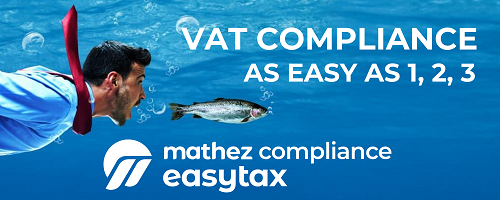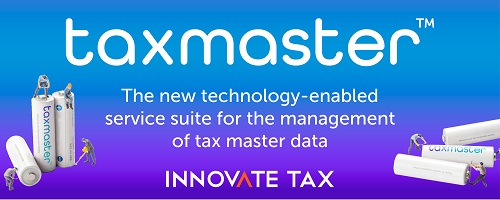Carbon pricing has been around for much longer than many realize. In 1990, Finland was the world’s first country to introduce a carbon tax. Carbon trading mechanisms are almost 20 years in the making. The world’s first carbon market, the European Union (EU) emission trading system (ETS)[1], was established in 2005. It should, therefore, come as no surprise that, on the back of the 2015 Paris Agreement (a treaty of international law whereby signatories set emissions reduction targets), various measures and methods have been proposed and implemented by governments globally to combat climate change and achieve climate neutrality. In fact, the scope of carbon pricing initiatives through carbon taxation is increasing rapidly and is becoming a significant part of country policy strategies to achieve the nationally determined contributions under the Paris Agreement. As of 1 April 2022, 68 global carbon pricing initiatives, which includes both carbon taxes and ETS, have been implemented.
Source KPMG














